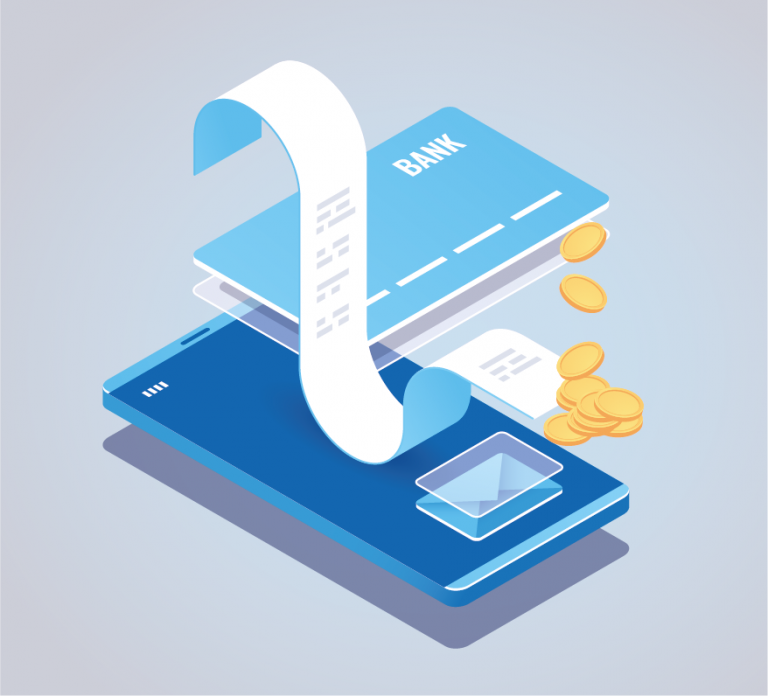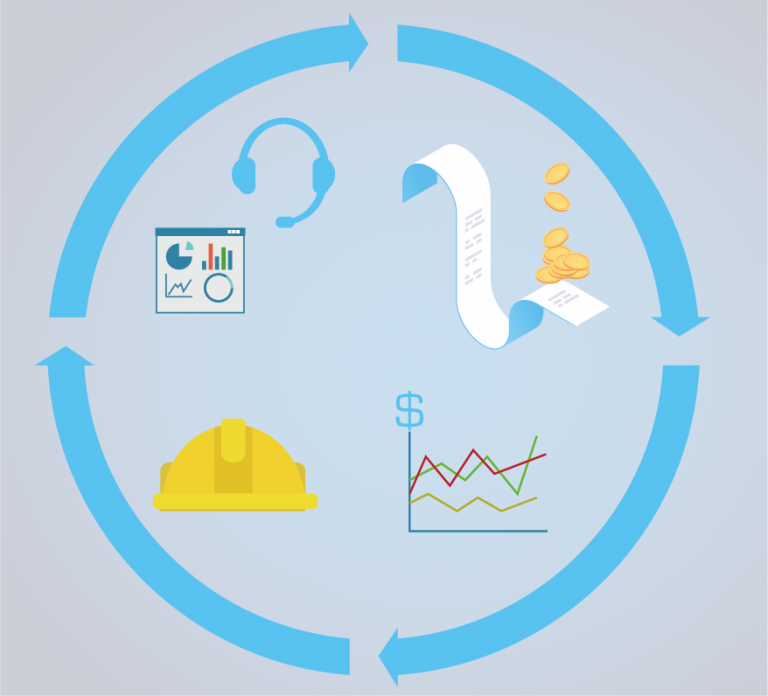Expectations generated by digital natives and big players like Facebook and Amazon have contributed to the misconception that all industries require the same strategy to enable a successful customer journey. For utilities, a unique set of business characteristics must be considered before making technology investments to ensure that they prioritize the improvement of processes that drive customer satisfaction.
Companies across the board are increasingly looking to improve Customer Experience (CX), given its effect on key indicators such as revenue and net promoter score. In fact, a moderate improvement in this area for a billion-dollar utility company could result in 476 million of additional revenue over 3 years(1). With this in mind, it is no wonder why the utility industry is now putting a focus on understanding the customer journey to help provide a superior CX and obtain greater customer engagement.
Naturally, utilities begin their customer journey strategy by trying to follow in the path of big players from Silicon Valley. While there is certainly a lot that can be learned from digital natives and tech startups, it is important that companies do not forget the factors that make their industry-unique, as this could result in a poorly targeted strategy. To avoid this common mistake, companies must really get to understand their customers, their pain points, and what makes them different. Once utilities get a handle on this, they can use this information to design a holistic customer journey strategy with technologies aimed at improving the interactions which are most important to their unique customer base.
Unfortunately, when utilities start the process of customer journey mapping, they quickly come across a number of common pitfalls. To stay on the right track, any company looking at what is truly important for their customers should watch out for three myths currently sparking debate in the utility industry:
1. Marketing and sales activities are the new reality of the utility business.
 Although important, given the rise of e-commerce, the nature of the utility business is still the provision of service. The customer usually establishes a long-term relationship with the utility and, in this relationship, sales and marketing activities do not play as much of a role as they do in other industries. So, the question remains, what are the key aspects of the relationship between utilities and their customers? Billing and Customer Service!
Although important, given the rise of e-commerce, the nature of the utility business is still the provision of service. The customer usually establishes a long-term relationship with the utility and, in this relationship, sales and marketing activities do not play as much of a role as they do in other industries. So, the question remains, what are the key aspects of the relationship between utilities and their customers? Billing and Customer Service!
2. Technology is the most relevant aspect of a successful customer journey strategy.
 Technology is secondary, the journey strategy should always be considered from the customer’s perspective and include the entire end-to-end journey. Once the full picture has come together, the task is to see how it can be enabled through a combination of technology and proactive business initiatives. The mapping of a customer journey requires the alignment of processes, people, and technology, three elements that work together to provide a better experience. A problem with any one of these elements could cause a customer journey strategy to fail, so even the best technology will not guarantee success. To ensure that the enabling technology does its part, it must be flexible and robust enough to facilitate the implementation of business initiatives and the orchestration of processes across all company domains where customer interactions take place.
Technology is secondary, the journey strategy should always be considered from the customer’s perspective and include the entire end-to-end journey. Once the full picture has come together, the task is to see how it can be enabled through a combination of technology and proactive business initiatives. The mapping of a customer journey requires the alignment of processes, people, and technology, three elements that work together to provide a better experience. A problem with any one of these elements could cause a customer journey strategy to fail, so even the best technology will not guarantee success. To ensure that the enabling technology does its part, it must be flexible and robust enough to facilitate the implementation of business initiatives and the orchestration of processes across all company domains where customer interactions take place.
3. There is a single technology capable of supporting end-to-end customer journeys.
 No, there is not. Most technologies and applications advertised as customer journey solutions are Marketing Automation tools. These tools, although powerful and innovative, only support digital marketing and sales activities, such as campaigns, lead management, and cart abandonment situations; however, these represent just a fraction of the complete picture. The goal of a journey strategy is to achieve an end-to-end view of the customer lifecycle, spanning across all the processes and interactions including those which have nothing to do with marketing and sales.
No, there is not. Most technologies and applications advertised as customer journey solutions are Marketing Automation tools. These tools, although powerful and innovative, only support digital marketing and sales activities, such as campaigns, lead management, and cart abandonment situations; however, these represent just a fraction of the complete picture. The goal of a journey strategy is to achieve an end-to-end view of the customer lifecycle, spanning across all the processes and interactions including those which have nothing to do with marketing and sales.
To provide truly engaging end-to-end customer journeys, utilities need technology with a comprehensive scope capable of supporting all customer-related processes across the entire customer lifecycle; this includes sales and post-sales activities, billing and payment, collections, customer service, order management, operations, and all other critical business areas of the utility industry.
By developing these journeys, utilities have a great opportunity to give their customers more. According to the American Customer Satisfaction Index, the utility industry has a long way to go when it comes to customer experience and satisfaction, as the index places utilities significantly below other industries for both of these key indicators(2). The upside of this is that ambitious utility companies can easily stand out from the rest if they bring their customer focus up to the standard set by other industries. By working on while investing in the moments that matter the most for their customers, utilities can build a name for themselves as industry leaders while making a real difference to the people they serve.
Learn how to undertake a digitalization strategy to turn into a successful Customer Experience organization.
(1) Temkin Group. (2018). ROI of Customer Experience, 2018. https://experiencematters.blog/2018/08/21/report-roi-of-customer-experience-2018/
(2) The American Customer Satisfaction Index. (2019). ACSI Energy Utilities Report 2018-2019. https://www.theacsi.org/news-and-resources/customer-satisfaction-reports/reports-2019/acsi-energy-utilities-report-2018-2019




